The Bunker Museum is located in Moso in the Upper Passeier Valley. Set up in a spectacular setting in the 1930s, it illustrates the history of the Upper Passeiertal valley and the various aspects of the Texel Group Nature Park. As well as being a museum, it also serves as an information centre for the Texel Group Nature Park.
The museum focuses on seven themes: the Texel Group Nature Park, archaeology, the Kummersee lake, the history of the valley and the bunker, ibexes, ornithology and Monteneve.
Texel Group Nature Park
The ground floor of the museum devotes an entire section to the park. As you enter, you can catch a glimpse of the unique landscape of Alta Val Passiria with unexpected views of the village of Moso and its surroundings.
Archaeology
Where the bunker tunnels once stood, there is now a special section of the exhibition that takes visitors on a journey through time from the Ice Age to the future. Through the display of archaeological finds dating back 10,000 years and representations of climate change from the last Ice Age onwards, you can see how the landscape of an entire region has changed over time.
Kummersee lake
From the Bunker, trail no. 43 (E5) leads round Lake Kummer on foot. The walk is of great scenic and historical interest and takes about 3 hours. It is suitable for everyone, including families with children. It is advisable to wear boots and suitable clothing and to check the weather conditions.
History of the valley
Do you know the history of Val Passiria? A film projected in one of the rooms in the rock of the bunker gives viewers the opportunity to learn more about the history and culture of this valley.
Bunker
Built in 1938 as a border line with the German Reich, it was intended to serve as a defensive system to reinforce the machine gun emplacements, as a shelter for the crew of the Moso barracks and as a command post to coordinate the other five fortifications in the Upper Passeier Valley.
Ibexes
In the area outside the Bunker, there is a fenced-off area, especially for the little ones, where these majestic rock climbers, the symbol of the Texel Group Nature Park, can be observed up close.
Ornithology
As well as ibexes, four pairs of birds can also be seen in the aviary outside the building: two bullfinches, two goldfinches, two siskins and two warblers.
Monteneve
Monteneve is Europe's highest mine, which has now become a museum illustrating the entire production process and technologies developed over a period of eight hundred years. Inside the Bunker, visitors can find out more about this exhibition space.
N.B. Boots are recommended for the visit to the Bunker. In case of rain, rainwear is necessary.
Opening times
Tuesday – Sunday: 10.00 am – 05.00 pm (last entrance 4.00 pm)
Prices
| Ticket | Price |
|---|---|
| adults | 12,00 € |
| local people, Tourist Card, over 65+, ADAC-Card | 10,00 € |
| children, students, people with disabilities | 5,00 € |
| family ticket | 20,00 € |
| groups over 10 person | 7,00 € at person |
| school classes, groups of children and young people with guided tour inclusive (2 companions free) | 5,00 € at child |
| Kombiticket | Price |
|---|---|
| Family-Ticket | 26,00€ |
| Single-Ticket | 14,00€ |
How to get there
By car: The Bunker Museum is located at the SS 44 near Moos/Moso, approx. 27 km north of Meran. It can also be reached via the 2094 m high Jaufen Pass or via the 2474 m high Timmelsjoch Pass (open June to October).
By bus: The bus stop for the bus route 241 is located directly in the village centre, approx. 300 m before the museum. The driving time from Meran to St. Leonhard/S. Leonardo with bus service no. 240 is around 35 minutes. The buses usually run every half hour to S. Leonardo. In St. Leonhard it is necessary to change to bus service 241 (Pfelders/Plan). Between St. Leonhard and Moos, the bus runs every hour.
For more information:
MuseumPassiria
Via Passiria, 72
39015 San Leonardo in Passiria
Tel: +39 0473 659086

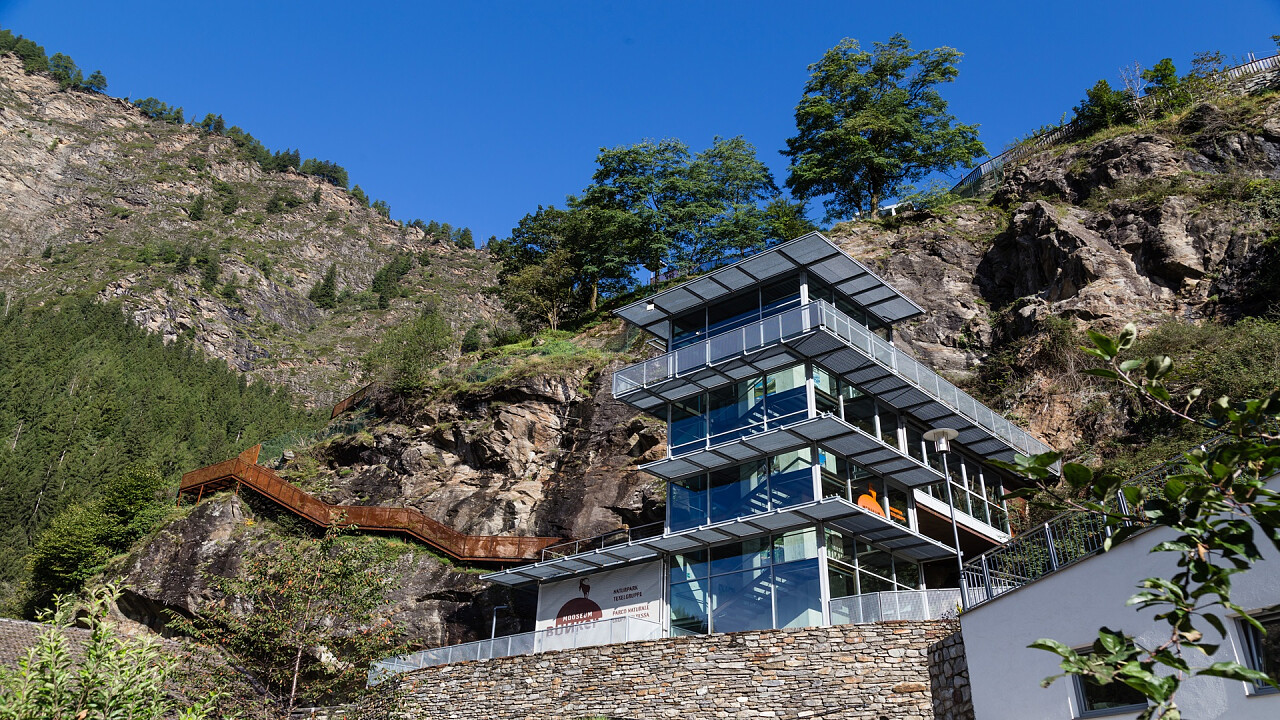





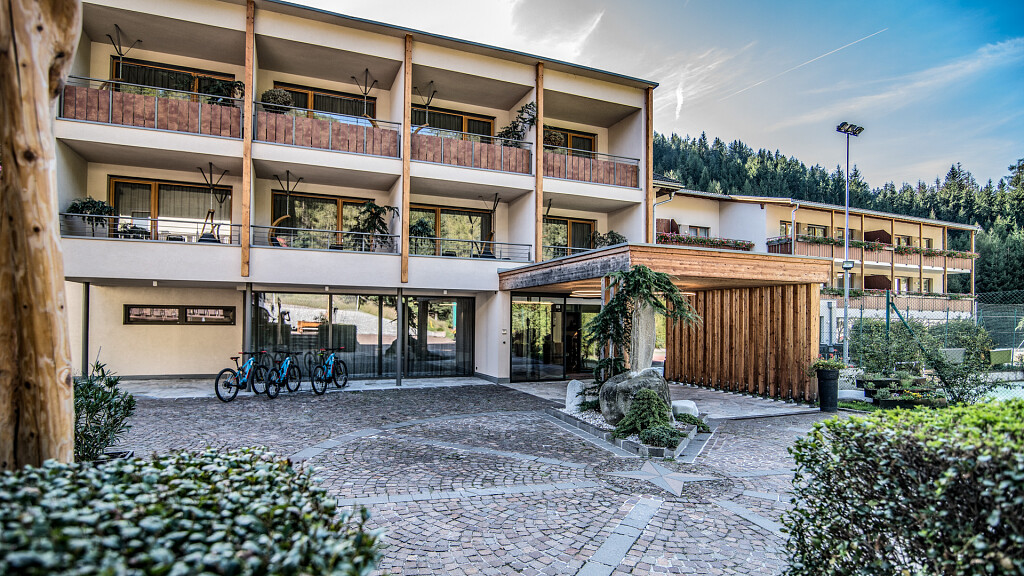
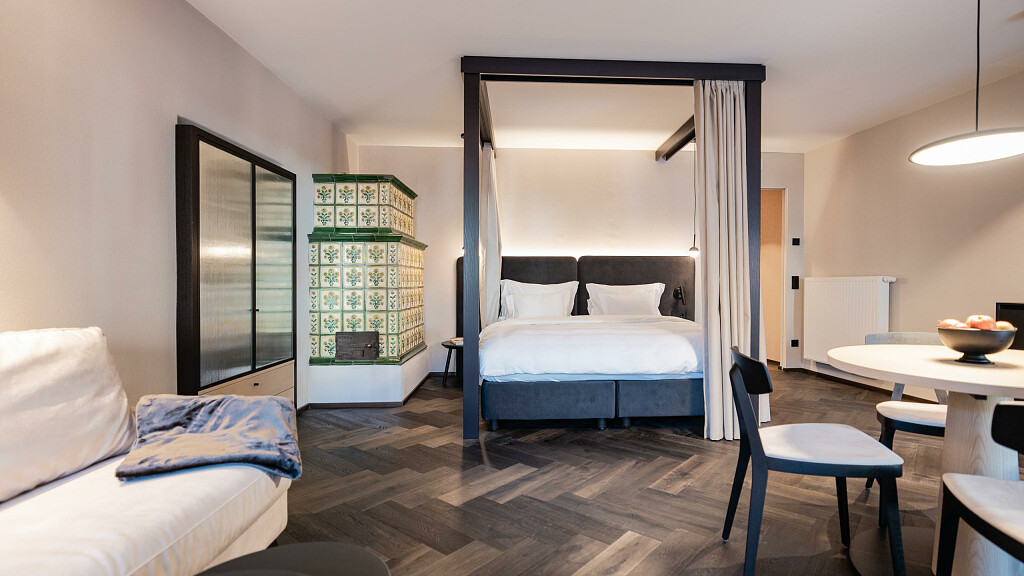
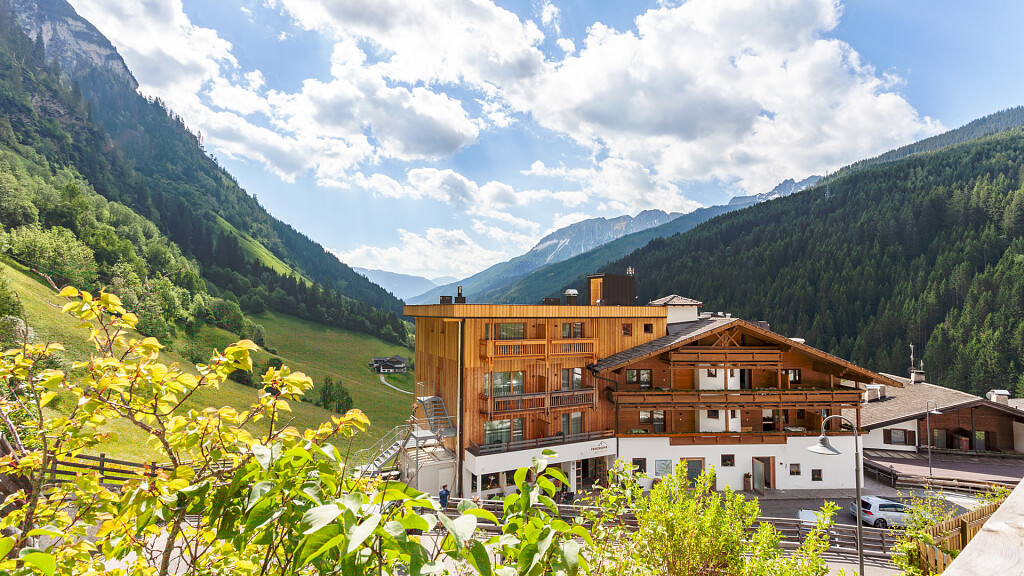


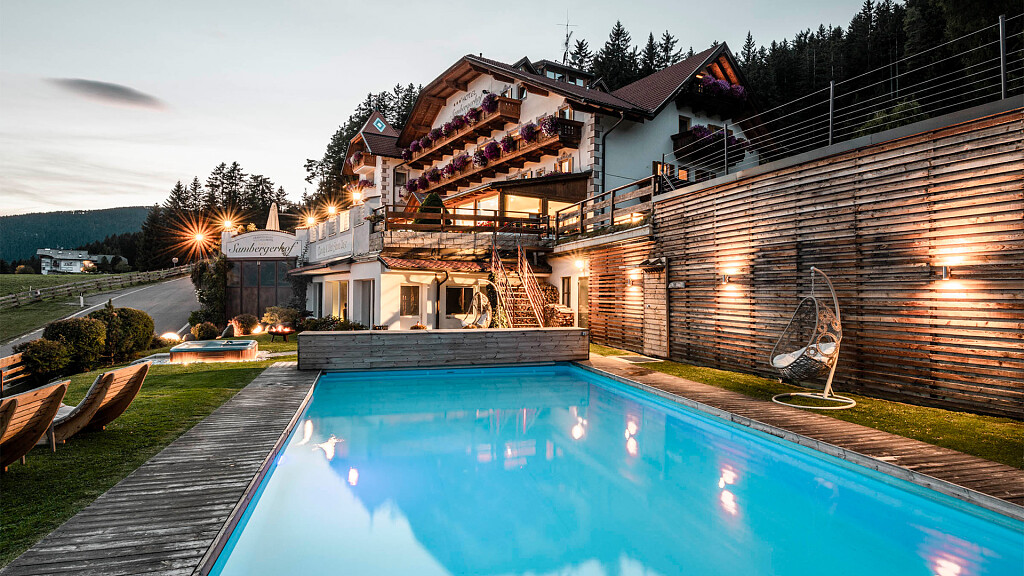

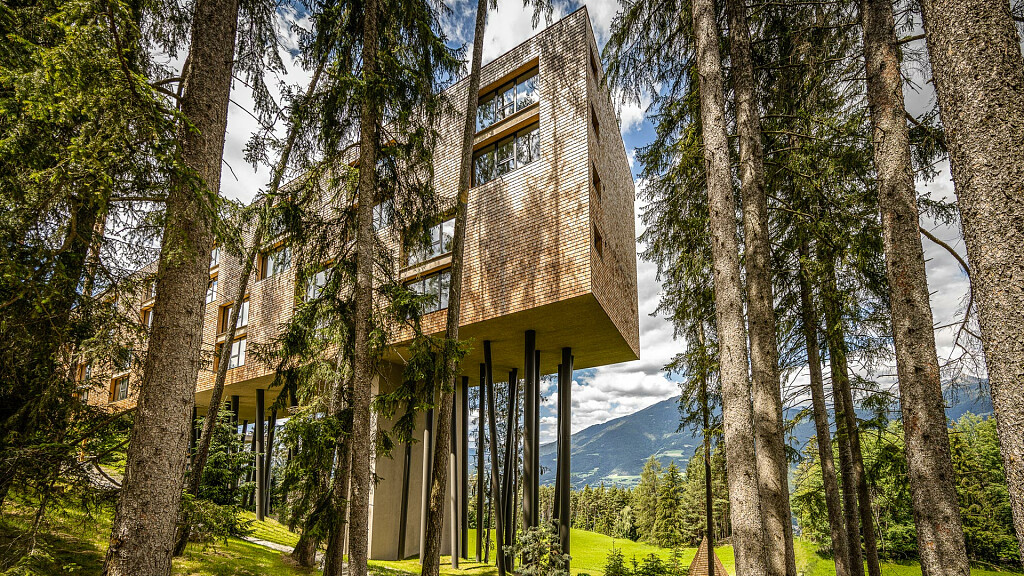
-tablet.jpg)